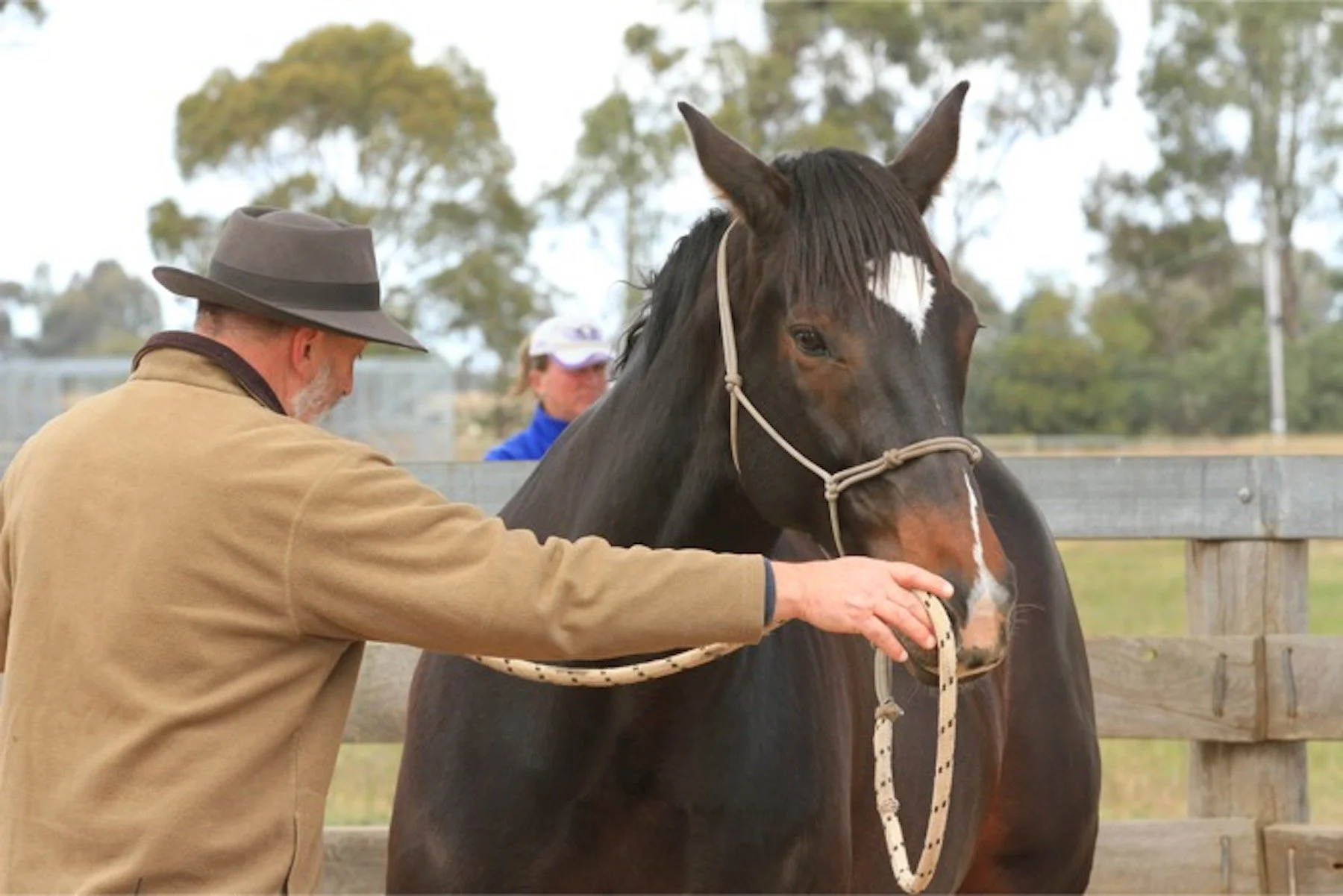I would like to offer a brief explanation of my understanding of how training is supposed to work and why there is confusion among people who are opposed to the use of pressure and feel.
A large percentage of the horse-loving public is rejecting some or all training that involves the use of pressure and feel. It’s an almost universal view of this group of people that pressure/feel equates to a horse having negative emotions resulting from an abusive practice. In fact, the behavioural sciences have adopted an emotionally charged term for this approach to training. It is called negative reinforcement, but increasingly people are referring to it as “aversive” training to indicate their disdain for the approach.
There is a clear divide between people who are critical of the practices that use pressure and feel and those who largely rely on it (like me). But I think this divide exists and is maintained because of a lack of understanding. To me, this is perfectly understandable. I say that because the vast majority of people who use pressure and feel don’t understand it and are not good at it. We can all think of trainers who apply pressure in ways that are not in the best interest of the horse’s mental and emotional welfare. They get the job done, but at the expense of their relationship their horse's emotional welfare.
Most people (including most professionals) use pressure to train obedience in their horses. It’s everywhere and in all disciplines. But with the help of some brilliant mentors and a lot of diligence and hard work, I learned pressure does not need to be aversive and it can take you far beyond obedience into a true partnership. If I had stuck with my earlier education and if I had not had such a busy and curious brain, I too would be thinking pressure and feel are aversive tools to train a horse. Maybe the best I could hope for is an obedient horse that does what it is told. But I got extremely lucky and had my eyes open to things I couldn’t see earlier. I know better now. I try hard to pass on what I know to my students at clinics. Some of those are working hard to pass it on to their students.
To those that criticise pressure as being aversive and detrimental to a horse’s emotional well-being, I ask you to consider one idea.
When done poorly, pressure and feel teaches a horse to do the thing we ask because not doing it is a BAD IDEA. However, when done well, pressure and feel teach a horse to do the thing we ask because doing it is a GOOD IDEA.
The difference may seem subtle right now but it is not. It is huge. And the results in horse/human relationships that I have experienced over the decades have proved to me that no other approaches result in better outcomes.
This concept is true of all training approaches. It doesn’t matter if you use negative reinforcement, positive reinforcement, positive punishment, or negative punishment. The focus should be to teach a horse that going along with our idea is a good idea and works well for them. It should not be to teach them that not going along with our idea results in a bad outcome for the horse.
I’m sure many of you are now asking, “Okay that’s all fine and good, but how do we use pressure and feel to achieve this outcome?”
I can’t tell you that. But it starts with a change in attitude from “How do I get a horse to do something,” to “How do I get a horse to think something.” Once you focus on that you then search for people who can guide you through the “how to” of it. Each horse will be different. Each day will be different. But in my experience, it is the most fun you ever had working your horse.
I realise people who are convinced of the evil of using pressure in the training of horses will say I am wrong and it always results in poorer outcomes than non-pressure approaches to training. But let me say that if you have never seen pressure used in ways that help horses have better emotional outcomes it does not mean there those methods don’t exist. It may be a reflection of a limited experience and understanding of using of pressure and feel to influence a horse's thoughts and emotions. Once you have experienced the amazing changes in a horse through the proper use of pressure and feel it is impossible to ignore the benefits and advantages. It's like you might doubt the beauty and majesty of the Northern Lights until you actually see them. Then all doubt is gone.
Using pressure/feel in the proper way to ask this horse to think to the left before it moves its feet to the left

